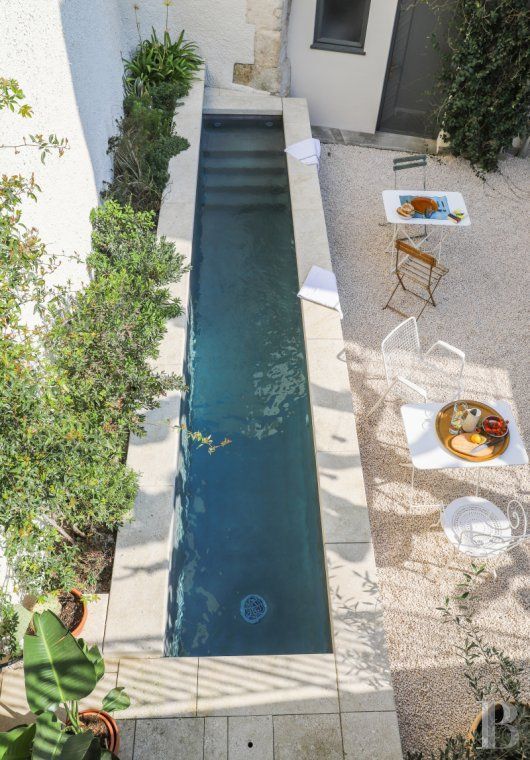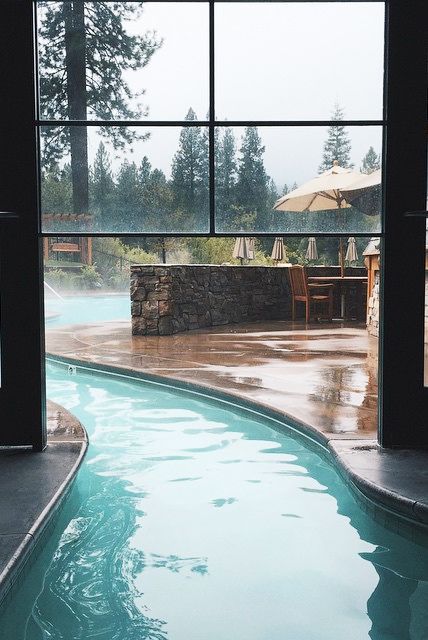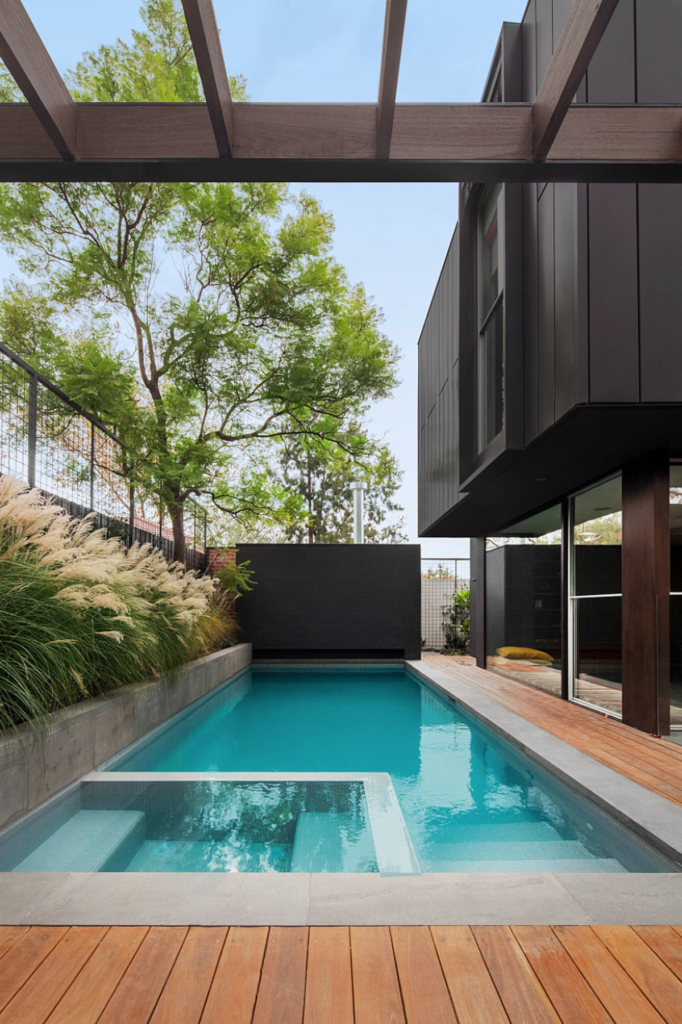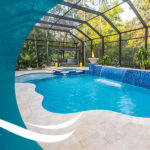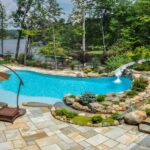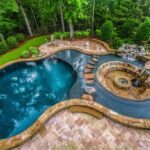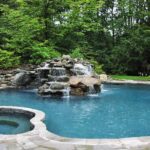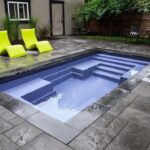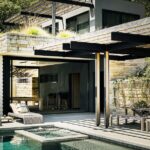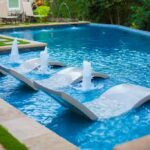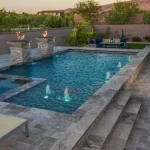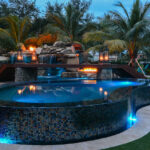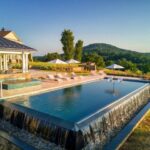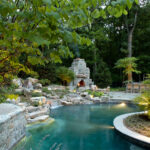When it comes to designing a pool, there are many factors to consider in order to create a space that is both functional and visually appealing. One of the first things to think about is the size and shape of the pool. The size will depend on the available space in your backyard, while the shape can range from traditional rectangular to more unique freeform designs. The key is to choose a design that fits well with the overall aesthetic of your home and landscape.
Another important consideration in pool design is the materials used. There are a variety of options available, including concrete, fiberglass, and vinyl. Each material has its own set of pros and cons in terms of durability, cost, and maintenance. For example, concrete is a popular choice for its strength and customizability, but it can be expensive and require regular upkeep. On the other hand, fiberglass is low maintenance and quick to install, but it may not offer as much flexibility in terms of design.
In addition to the pool itself, it’s important to think about the surrounding area. This includes decking, landscaping, and any additional features such as waterfalls or spas. The decking material can have a big impact on the overall look of the pool area, with options ranging from natural stone to composite decking. Landscaping is also key in creating an inviting and cohesive outdoor space, with plants, trees, and hardscaping elements playing a role in the overall design.
When it comes to pool features, the possibilities are endless. From waterfalls and fountains to swim-up bars and built-in seating, there are many options to choose from to create a pool that is both functional and luxurious. It’s important to think about how you will use the pool and what features will enhance your experience. For example, if you love to entertain, a built-in grill or outdoor kitchen may be a great addition to your pool area.
Another aspect of pool design to consider is energy efficiency. With advances in technology, there are now many options available to make your pool more energy efficient, from solar heating systems to LED lighting. These features not only help reduce your carbon footprint, but can also save you money on energy bills in the long run. It’s worth considering these options when designing your pool to ensure you are making a sustainable choice for your home.
Overall, pool design is an important aspect of creating a beautiful and functional outdoor space. By considering factors such as size, shape, materials, surrounding area, features, and energy efficiency, you can create a pool that meets your needs and enhances your outdoor living experience. Whether you prefer a traditional pool design or something more unique and modern, there are endless possibilities to create a pool that is perfect for you and your family.
